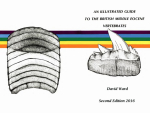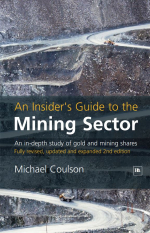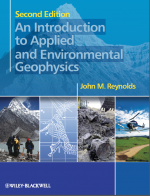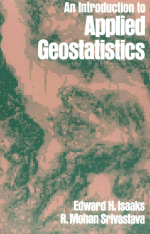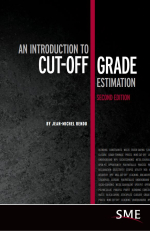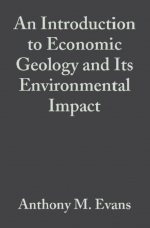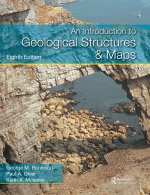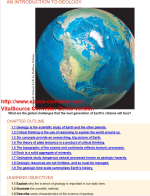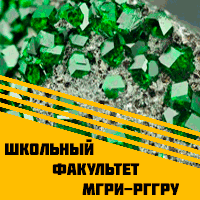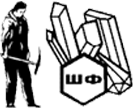This book started with a desire to understand how to answer an apparently simple but actually complex question faced by all those responsible for the development and operation of mines: How do we determine which cut-off grade should be used to separate material that should be processed from that which should be sent to the waste dump? The answer appears straightforward: If it is profitable to process one metric ton of material, this ton should be processed. But what is profitable? The cut-off grade has a direct bearing on the tonnage of material mined, the tonnage and average grade of material processed, the size of the mining operation, and consequently capital costs, operating costs, environmental and socioeconomic impacts. Should we maximize cash flow, net present value, the life of the mining operation, the return to shareholders? How do we take into account economic, environmental, social, political, ethical and moral values, objectives, and regulations? <...>


